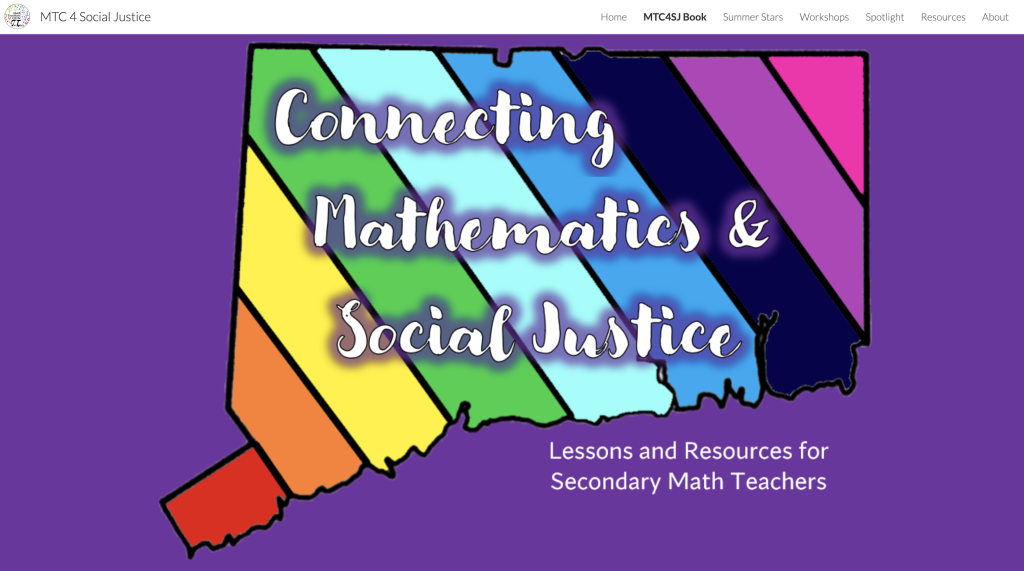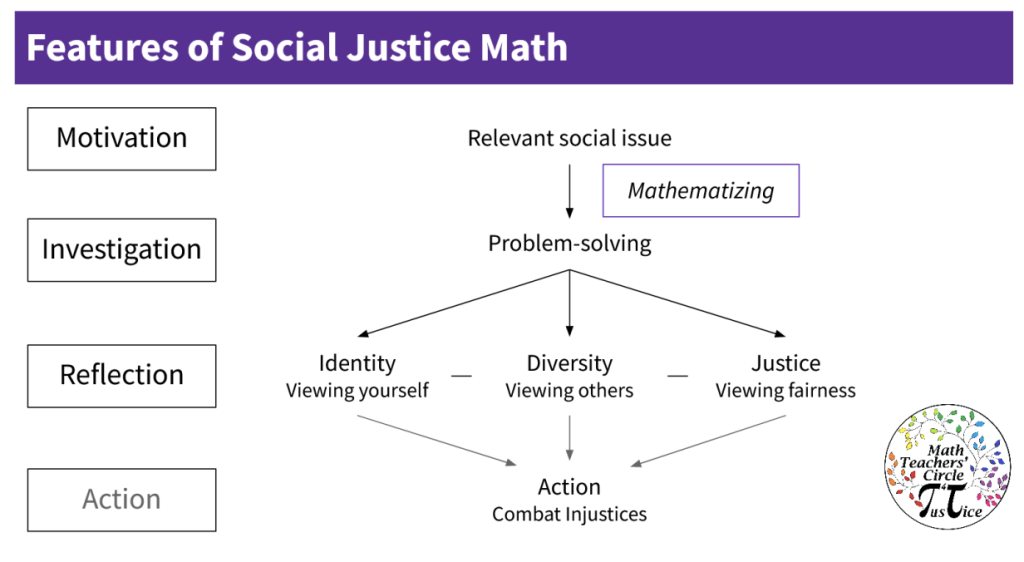BY STAFF WRITER
JULY 26, 2024

Please Follow us on Gab, Minds, Telegram, Rumble, Gettr, Truth Social, Twitter
The Connecticut Education Association (CEA), the state chapter of the National Education Association ("NEA"), just shared an article about Sacred Heart University's 8th Annual Teacher Leader Fellowship Academy Institute.
The event, which took place in May, focused on "culturally responsive education" -- a concept which is endorsed by the Connecticut State Department of Education ("CSDE"), the Connecticut Association of Schools ("CAS"), the Connecticut Association of Public School Superintendents ("CAPSS"), the Connecticut Association of Boards of Education ("CABE") and by both teachers unions that operate in the state, including the CEA and the AFT, the American Federation of Teachers.
The keynote speaker, Dr. Gholdy Muhammad, set the tone for the event by asserting that, “our education system is not designed to honor Black and Brown children" thereby keeping the "systemic racism and oppression" narrative alive and well in Connecticut.
The event also featured a South Windsor math coach, Michelle McKnight, who specializes in teaching and leading training in "social justice math." The CEA specifically highlighted McKnight in its article about culturally responsive education.
Social justice math is apparently McKnight's calling, and why she decided to go into education.

McKnight, an admitted social justice activist, strives for equity in education, and belongs to a group called Math Teachers' Circle 4 Social Justice ("MTC 4 Social Justice").
Per the MTC 4 Social Justice website:
"We are a professional development group focused on leveraging the power of mathematics in promoting discourse and analyzing issues of social injustice. We believe that far too often, young learners perceive mathematics as an isolated set of skills and procedures that are disconnected from the world around them which is filled with inequities. We aim to shift the narrative of mathematics as a discipline that can empower us to critically examine our communities and our world by providing teachers a platform to engage in problem solving that displays the power of mathematics in promoting these critical conversations."

MTC 4 Social Justice aims to "support students' math identities" and "modernize mathematics programming" based on their belief in "equitable math outcomes" for all students in Connecticut. The group believes that "mathematics has traditionally marginalized groups of students through our cultural practices of keeping students as receivers of knowledge and not creators" -- whatever that means.
The features of social justice math start not with numeracy but with a relevant social issue that gets "mathematized" into a problem that can be solved. The problem is viewed through a Marxist social justice lens, starting by looking at your own identity, the identities of others, and assessing whether that's "fair". Then you determine the correct action to take to combat the alleged injustices. This is social justice math.

The group offers a 76-page free book you can download with lesson plans. The Acknowledgments at the beginning of the book specifically thank McKnight for being a valuable part of the group.
So what does a social justice math lesson look like?
The "Hungry for Change - Food Deserts in CT" lesson teaches students "how math is used to create a definition of a food desert, thus putting math in the middle of policy." The lesson, for instance, uses maps and measurement tools to analyze the issue of access to fresh food and propose a solution.
Another lesson, "Broccoli or Cake? The Equity of Healthy Food Choices", takes students "into the realm of living within quantitative constraints" including lack of budget, and limited food choices due to distance and transportation constraints.
Then there's a whole section on Mural Mathematics.
Yes, that's about the "math" of painting Black Lives Matters murals in circles.
The circular mural making unit culminates in a summative project in which students submit proposals for their own social justice mural on the topic of their choice.
Students are further encouraged to work with language arts teachers to write (fictional) press releases about their work. Students may also present their mural proposal to community stakeholders and work to secure funding to make one of their murals a reality.
There are a few other lessons (e.g., Intergenerational Wealth: What Matters and Why?, The Evolution of Trust), but you probably get the gist by now.

As a reminder, the CEA has a widespread presence in Connecticut, with over 160 local affiliates and a membership of more than 43,000 current and retired educators.
How many educators might consider adopting MTC 4 Social Justice math lessons now that the CEA has plugged McKnight's work? How many educators has McKnight coached to teach social justice math in South Windsor and Manchester? Do you think social justice math will prepare students to enter the workforce?
By the way, Donald Trump doesn't think that social justice math is cutting it, and that's why he's promised to slash federal funding for any school or program pushing Critical Race Theory per his Agenda 47 platform.
The South Windsor School District where McKnight is employed values "diversity" and has worked to create a districtwide culture of "equity and social consciousness". All of the schools in the district reportedly embrace "culturally responsive" education.
If McKnight is employing "social justice math" in her role as a K-5 Math Coach in the district, and if Trump gets back into office, then South Windsor Public Schools could very well be at risk of losing federal funding... which is probably one of the key reasons why the NEA quickly endorsed Kamala Harris for President.